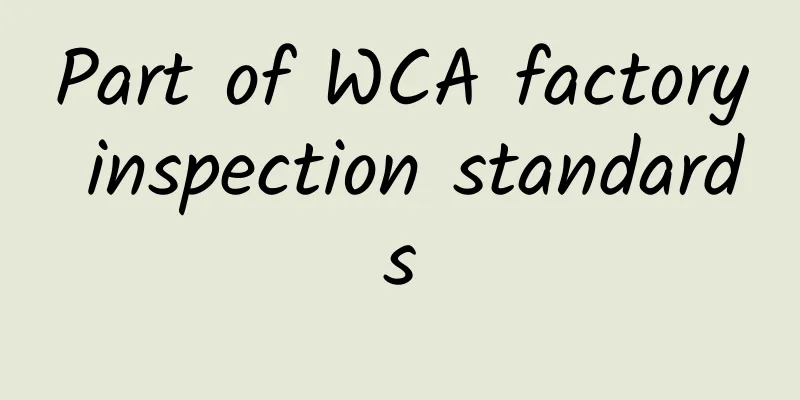What is ProdSG? What are the new changes to ProdSG?

|
When doing cross-border foreign trade, it is important to abide by the rules. For cross-border sellers, understanding every cross-border trade law is an improvement of their foreign trade knowledge. Today we will take a look at the Product Safety Law - ProdSG. What is ProdSG? On September 23, 2011, the German Bundestag promulgated a revised version of the Equipment and Product Safety Act (GPSG), now known as the Product Safety Act (ProdSG). The German Bundestag passed the bill and announced it in the Federal Law Gazette on November 11, 2011, and the new Product Safety Act (ProdSG) came into effect on December 1, 2011. What are the new changes in ProdSG? 1. New regulations for manufacturers, importers and retailers (1) Manufacturers, agents and importers of consumer products must fulfill the following obligations within the scope of their business with respect to the consumer products they provide: conduct appropriate product inspections; handle relevant complaints and, where necessary, keep relevant complaint records; and instruct retailers to take further measures with respect to the consumer products. (2) Retailers must ensure that only safe products are placed on the market. In particular, retailers must not introduce consumer products into the market based on prior information or experience that is contrary to the requirements. (3) When importing products with the GS mark, importers need to verify whether the products have a valid GS certificate and file the corresponding documents, recording the validity date, GS mark issuing authority and certificate number. 2. New regulations on GS certification agencies The new regulations increase the requirements for GS certification bodies and the transparency of issuing and canceling GS certificates. The law requires all GS certification bodies to publish a list of GS certificates that have been issued (white list) and a list of GS certificates that have been revoked (such as abuse of the GS mark) (black list). 3. New requirements for market regulators The new regulations increase the requirements for market regulators. Product inspections need to be completed by authorized GS certification agencies or similar qualified agencies; if manufacturers fail to issue product hazard warnings to customers in a timely manner, market regulators will directly inform the public of the relevant product hazards; the sampling guideline for market regulators is 0.5 samples per 1,000 households. This is the end of the knowledge about ProdSG in this issue. If you want to get more information about ProdSG, please continue to pay attention! |
<<: Pinterest - "Twitter for pictures"
>>: Product Description--"Amazon Long Description"
Recommend
How is Jinsheng International? What services does Jinsheng Business Consultant provide?
Shenzhen Jinsheng Business Consulting Co., Ltd. i...
Carbon Science | Why do companies need to undergo carbon footprint certification?
Global warming is a common challenge for all mank...
About EICC certification scoring standards
In the EICC certification audit, whether the supp...
WRAP Regulation Updates
updates to WRAP Policies. July 1st, 2008 Effective...
Characteristics of implementing ISO9000 quality assurance system
The main features of the implementation of ISO900...
Implementation of BSCI Social Responsibility German Industry Standards
1. Implementation steps of social responsibility ...
What is Giggrabbers? What services does Giggrabbers offer?
Giggrabbers is an innovative online platform that...
Comparison between HACCP certification and traditional certification technology
Traditional food safety control processes are gen...
SaaS – Software as a Service (SaaS)
What is SaaS? SaaS is the abbreviation of Softwar...
Factory Inspection Mothercare Company Introduction and Mothercare Official Website
Mothercare, a famous British brand of maternal an...
What is Xingyun? What are its advantages?
What is Xingyun? XingCloud: In 2010, in order to ...
What is SkyKai? What services does SkyKai provide?
What is Skye? Zhejiang Sky Enterprise Management ...
Do factories have deadlines in the ICTI audit system?
There are two main deadlines. First, the factory ...
VF Factory Inspection——VF Company Profile
VF Corporation is one of the world's largest ...
Several important things to keep in mind during factory inspection
1. Legality The legality of the enterprise is the...









